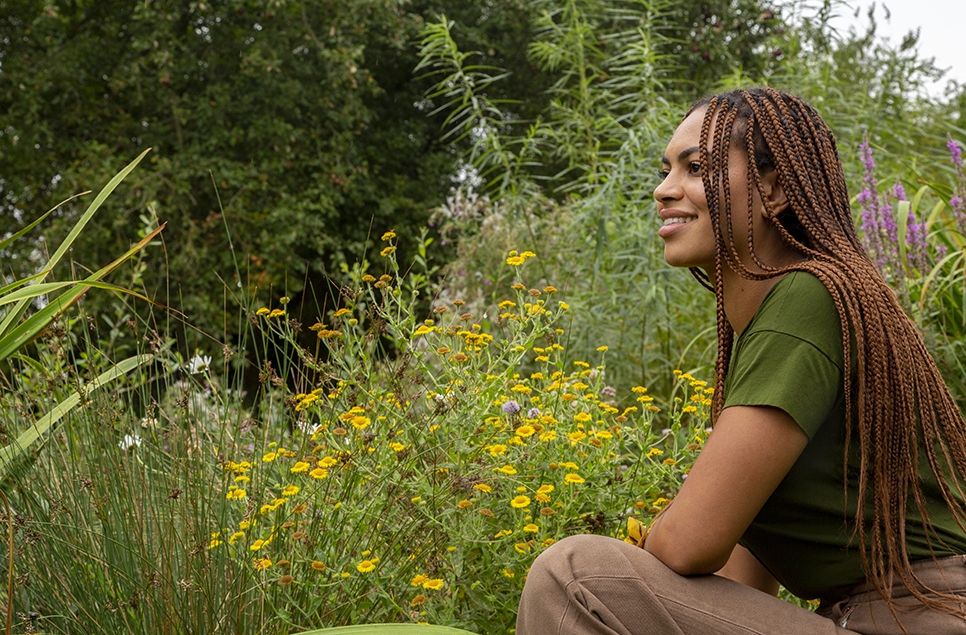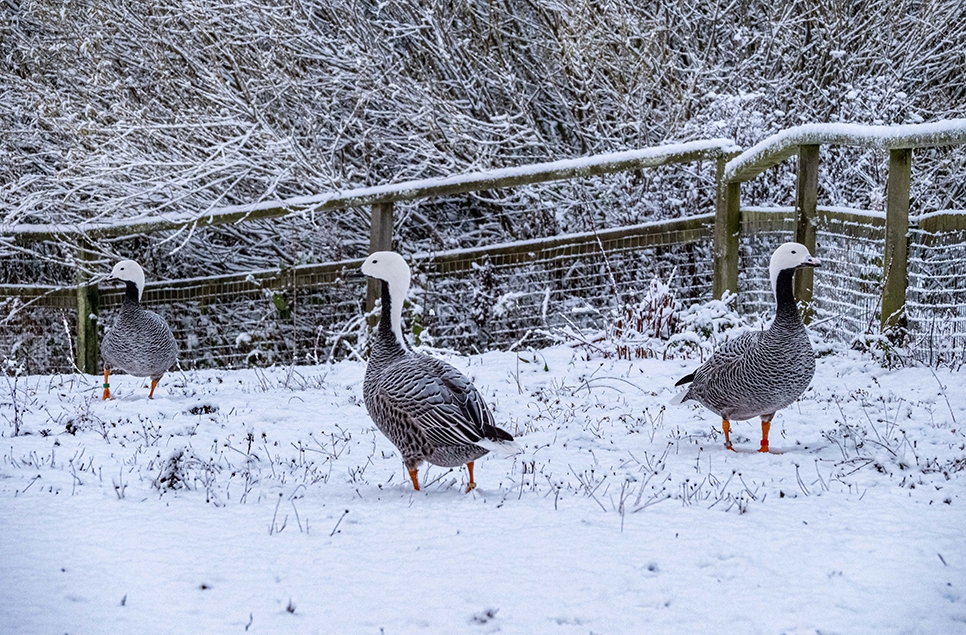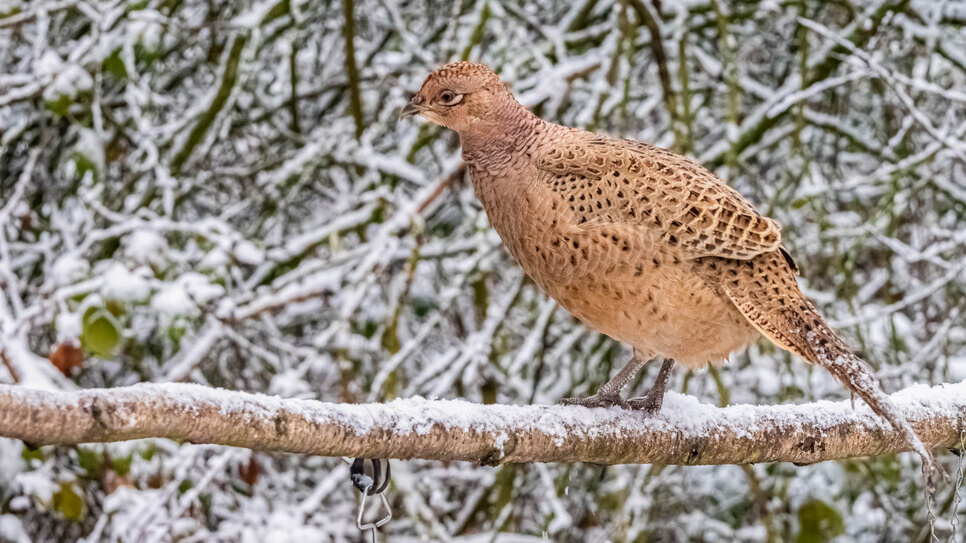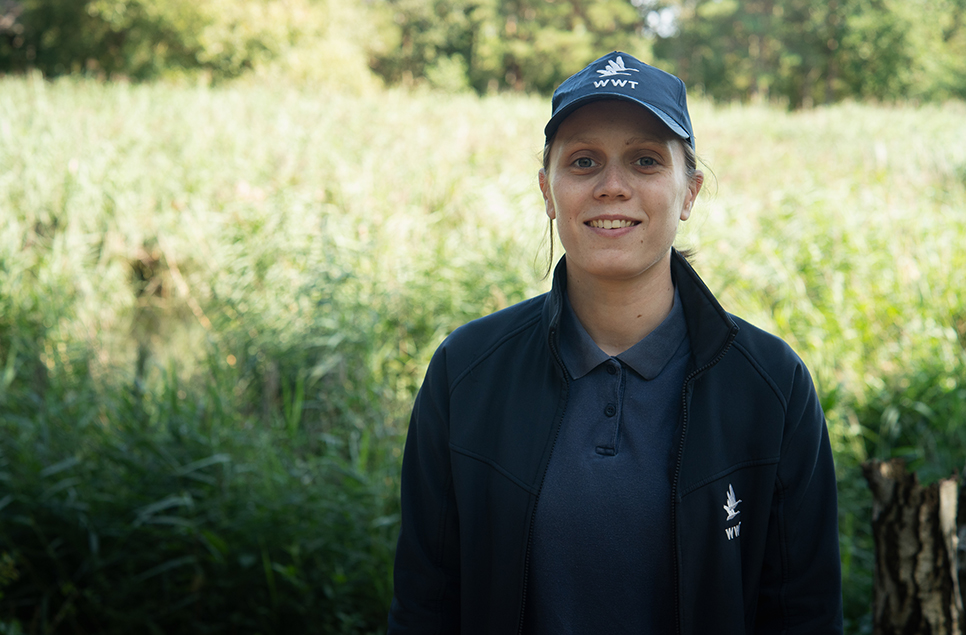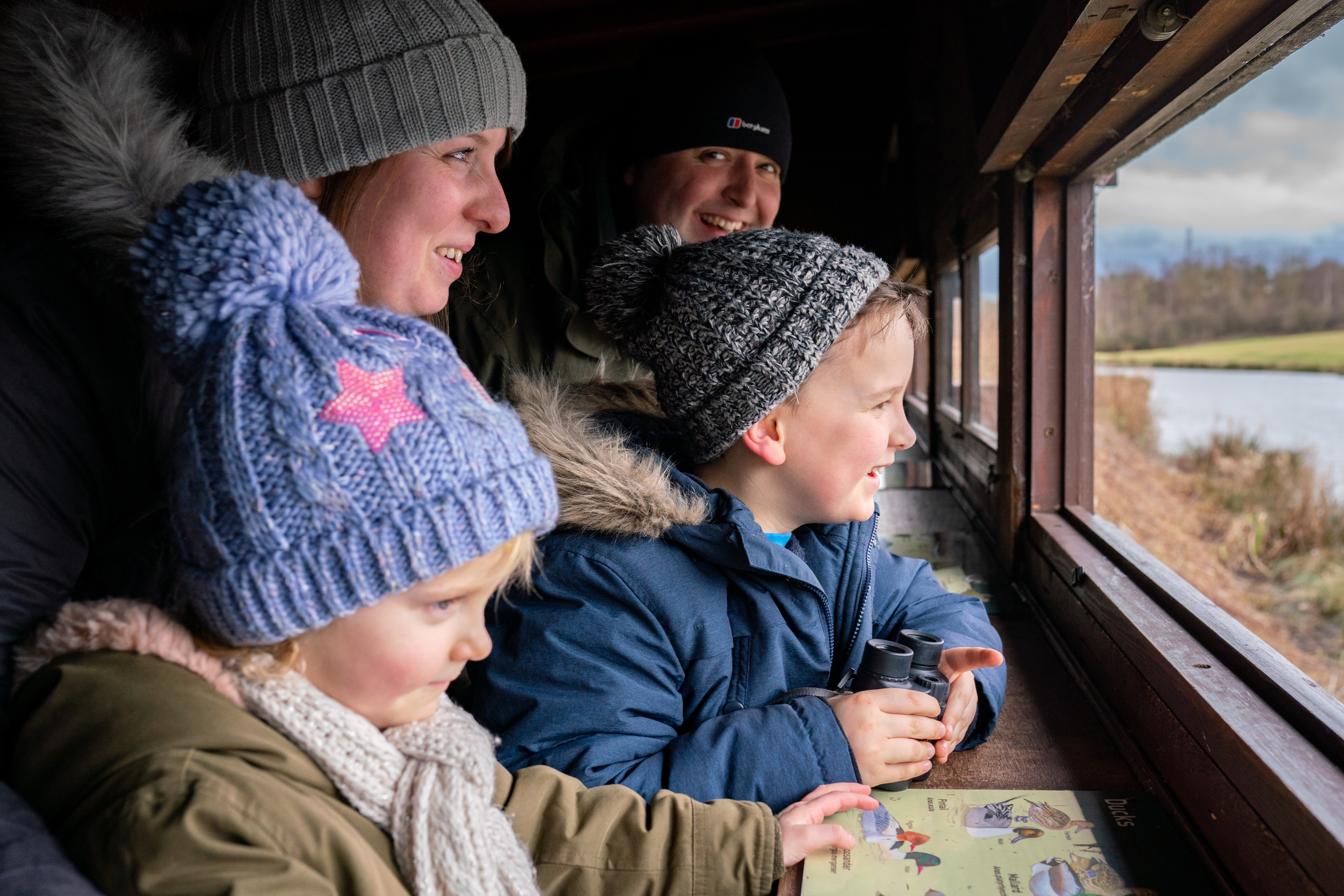Wellbeing and our wetlands: a summer guide
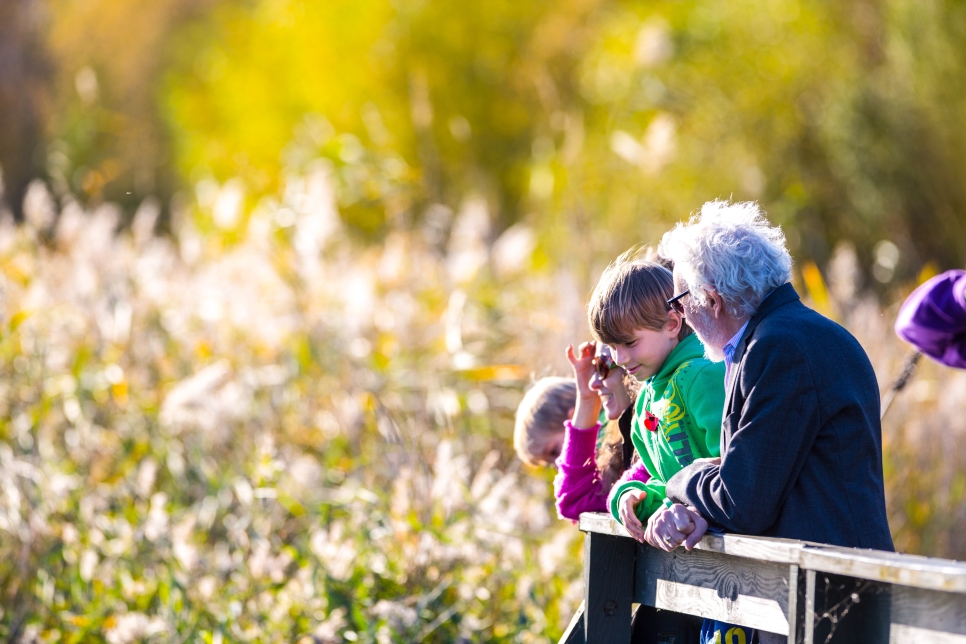
World Wellbeing Week begins on 26 June - a gentle reminder to ourselves that, in an ever more hectic world, our physical and mental health is something we should prioritise whenever we can.
Easier said than done, we admit, but taking time for yourself is never time wasted. And with evidence increasingly suggesting that connecting with the natural world is key to sustaining our wellbeing, we cannot underestimate the role that wetlands play in helping us with our health.
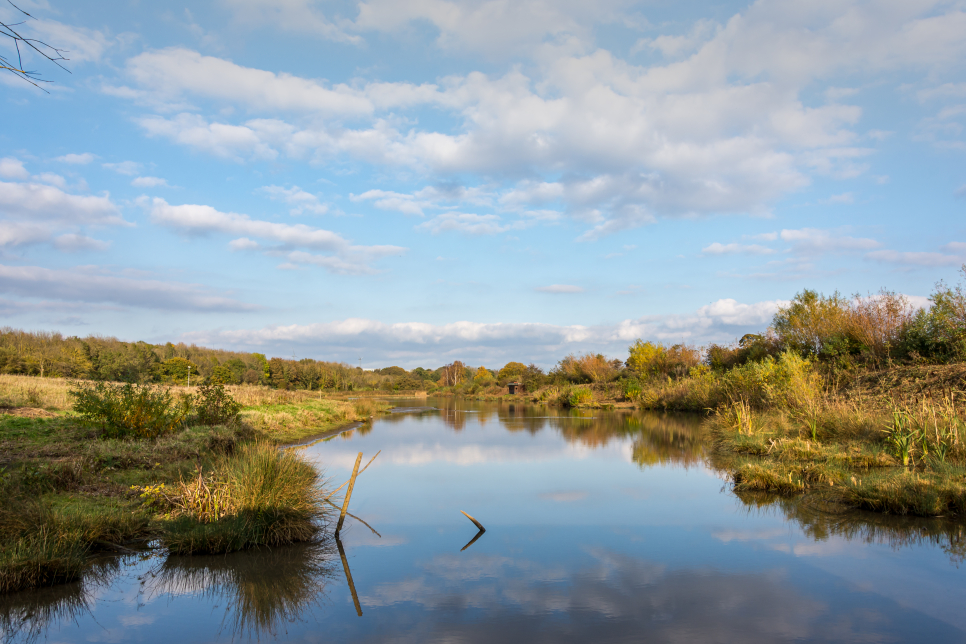
Did you know?
- Spending time in nature, and especially around water, can reduce psychological stress, fatigue, anxiety and depression (YouGov research shows that 65% of people find being near water improves their mental wellbeing).
- The People & Nature Survey for England 2020 found 85% of adults reported that being in nature made them happy, during the stresses and strains of the Covid pandemic.
- As well as encouraging us to be more physically active by spending time outside, the warmer weather and longer, lighter days in summer can increase levels of serotonin and dopamine in the body, and boost Vitamin D.
In summer, wetlands are truly uplifting places to be. They are lush, verdant and brimming with life. Birds are busy raising their young, ponds are buzzing with colourful dragonflies and meadows are awash with flowers, while cool waterways and woodlands offer shade on warmer days.
Spending time in wetlands is indeed balm for the soul. But it’s not just simply being in nature that can help us feel better. The deeper our connection, the more we feel alive and part of something bigger, leading to an improved sense of wellbeing.
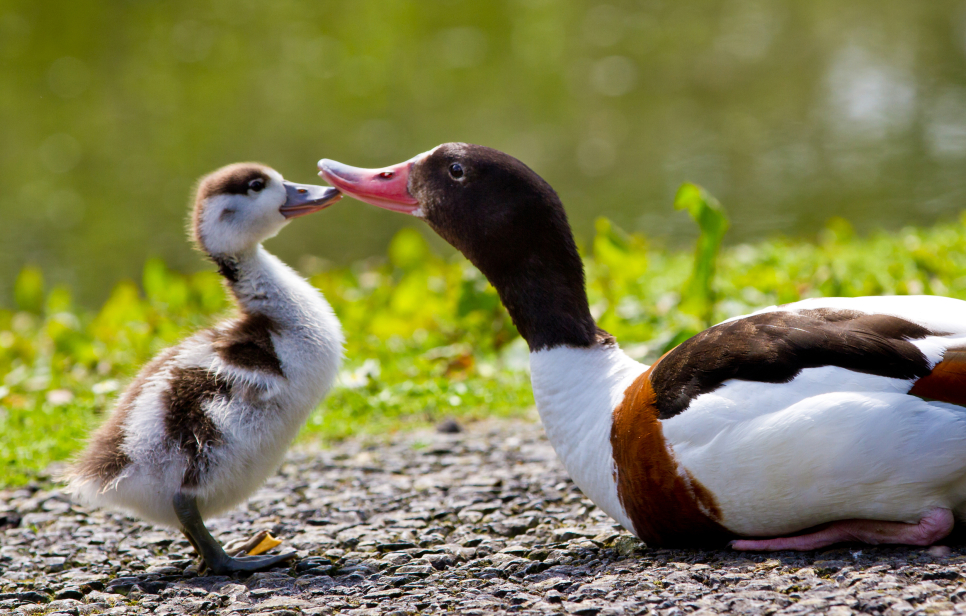
Evidence suggests there are five steps to wellbeing, defined by the NHS as:
- Connecting with other people, building an emotional support network and giving you the opportunity to share positive experiences outside the digital world
- Being physically active, developing self-worth through achieving goals and overcoming challenges and causing chemical changes in your brain to positively change your mood and raising self-esteem
- Learning new skills, such as gardening, birdwatching or art can generate a sense of purpose and satisfaction and possible 'flow' state
- Being generous, giving your time and effort to others and caring for the world we live ingenerates a feeling of reward and meaning
- Paying attention to the present moment and nothing but the present moment gives us relief from our racing minds. Some people call this awareness mindfulness
Forging a more meaningful connection with nature therefore isn’t just about being able to name every bird you hear or plant you see, although this can also fit with the ways to wellbeing outlined above. Instead, the most important thing is being intentional as you interact with nature, and approaching it as an experience rather than simply a means to an end.
It turns out that it is not just being in nature but how we open ourselves up and interact with nature that counts - Mark Rowland, Mental Health Foundation Chief Executive
To help you explore just some of the ways that nature can help keep us healthy, the Wildfowl and Wetlands Trust (WWT) worked with our Blue Prescriptions partners the Mental Health Foundation to produce a Spring and Summer Wellbeing Guide.
It’s full of ideas and activities you can do with others or by yourself, helping you engage with nature following the five steps to wellbeing and make the most of what wetlands have to offer during the warmer months.
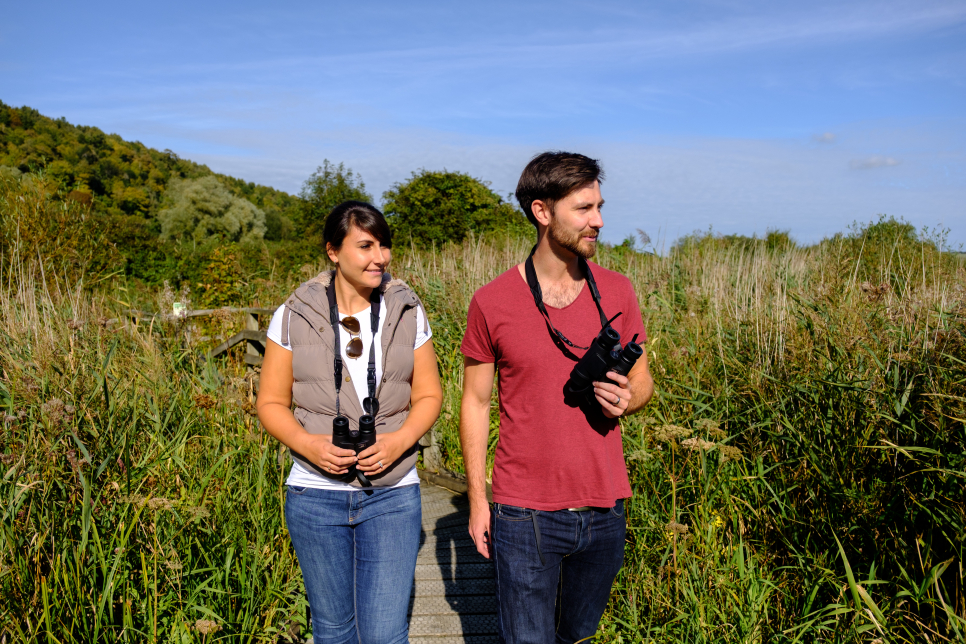
Here at WWT Washington, we’ve also pulled together a few simple thoughts about how immersing yourself in our own wonderful wetlands can contribute to a better sense of wellbeing for everyone, no matter your age or interests.
Wander mindfully through our wetlands
Exploring mindfulness in nature – the technique of paying attention to the present moment – nourishes both us and the environment that we move through.
Focusing our attention on the natural world makes us feel more connected to the earth. Then, as this connection deepens, it compels us to make better choices that respect the planet we are an intrinsic part of.
On a wander around our wetlands in summer, mindfulness can be achieved in many ways.
Stand still at one of our reedbeds and pause a moment to pick out the gentle rustle and sway of the reeds, interspersed with warbler calls or the sudden movements of young moorhen or coot families emerging to feed.
At Hawthorn Wood Hide, colourful woodland birds flit and feed among shady tree branches, bringing movement and gentle twittering with them. Sit and absorb the goings on, as sunlight gently floods in through the floor-to-ceiling window. This provides close-up views for wheelchair users or buggies too – you’re never too young to start your mindful birdwatching journey!
During summer, hundreds of waterbirds gather at Wader Lake and on our saline lagoon to breed, making for a fantastic auditory experience, with their unique honks, whistles, squeaks and quacks.
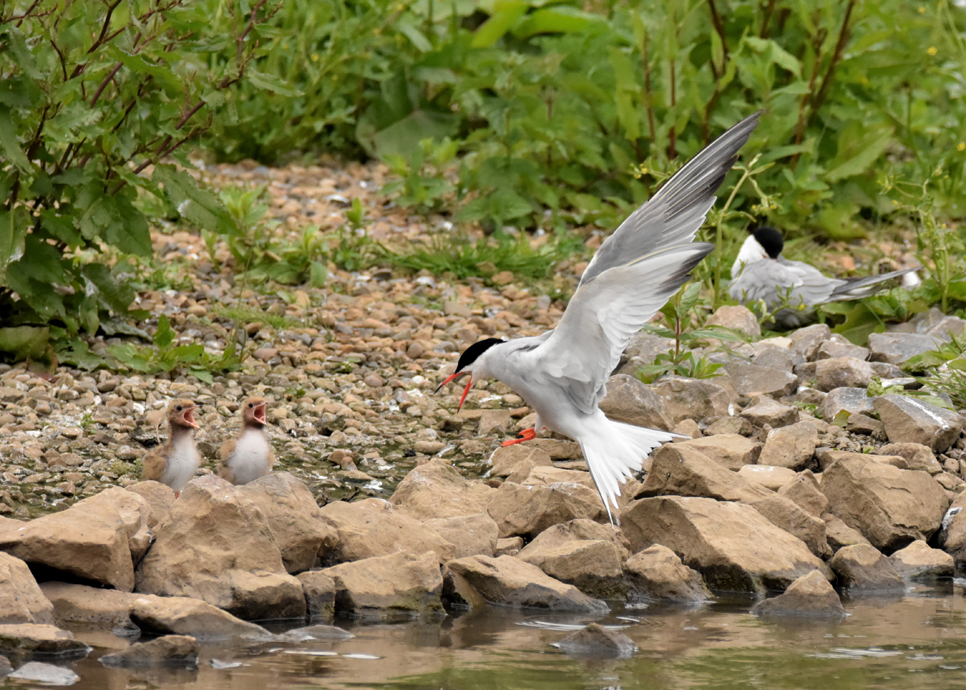
Our common tern colony – listed ninth most important in the UK by the British Trust for Ornithology (BTO) – is particularly noisy, with the loud cries of the parent terns defending their young rising loudest above the din. Spend time in the Paddy Fleming or Diageo hides and lose yourself in wide open views of all the drama as it unfolds. There’s never a dull moment!
Being mindful means to really focus on what is around you, and the varying habitats around our site often come with their own unique scents to detect.
The leaves of an evergreen tree in Hollowood. The heady scent of wild garlic en route to the saline lagoon. The smell of the earth itself when it rains after a dry spell. This scent even has a special name: petrichor.
Outside of our visitor centre, bees buzz in large numbers through the lavender bushes and are delightful to watch. Gently brush the flower heads with your finger tips as you pass and inhale their powerful aroma.
The planting in our Close Encounters and Working Wetland Garden exhibits is also carefully designed to be both colourful and heavily scented when in bloom.
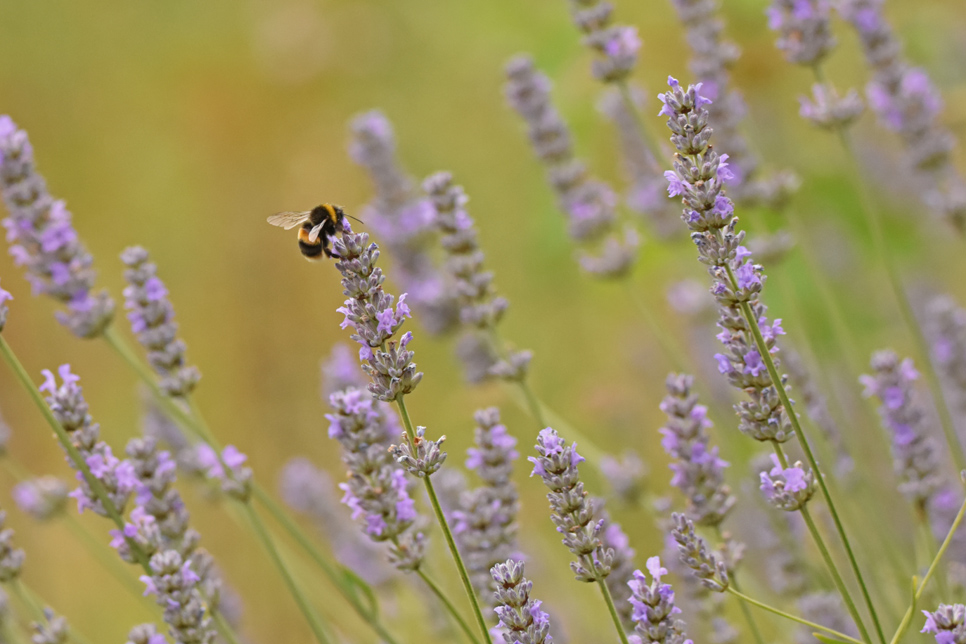
In summer, our wildflower meadows offer vibrant hues for the eyes and subtle sounds for the ears too, with the swish of grass blowing in the breeze and the gentle crackle of yellow rattle.
Sit awhile on the seat along the path edge, close your eyes and let the sun warm your skin as you breathe deeply and just ‘be’.
And a summer’s stroll along the river path to our amphibian and dragonfly ponds is definitely not to be missed.
Species including common darter, emperor and southern hawker can be both seen and heard on the wing; lacing through the grass and skimming the water’s surface.
Take advantage of a pond-edge bench or seat overlooking the River Wear as it curves gently past and enjoy just being in their presence. Mesmerisingly mindful stuff.
Find your ‘sit spot’
Visiting the same area of our wetlands over and over again and sitting in quiet awareness might not seem the most exciting thing to do, but finding your ‘sit spot’ can help you gain a better understanding of the wild world around you; or at least one small part of it.
Seasonal changes, comings and goings of wildlife, the impact of the weather – all of these can be experienced more completely by repeatedly spending time in the same space, as often as possible.
Make sure your spot is safe and sheltered from the elements, get comfy, switch off your devices and be as silent as you can. Go through a checklist of your senses. What can you see, hear, smell or feel? Can you sketch what you’re experiencing or make notes to compare with future visits?
Aim to spend at least 15 minutes at a time in your spot. This gives you a chance to relax into your surroundings and start absorbing them. Then each time you return, note what is different. New species, new colours, new smells, new sounds?
This technique can be used when exploring any outdoor space and our wetlands are full of potential spots! Find yours this summer and you’ll be amazed by how much more you notice, experience and learn to appreciate the amazing nature that surrounds you.
Ready to boost your wellbeing?
If you've been inspired to explore Washington Wetland Centre this summer, find out more and book your visit online.
